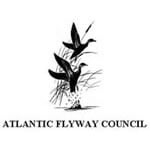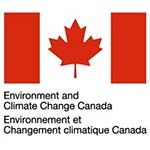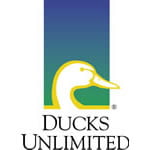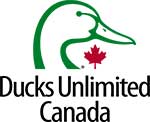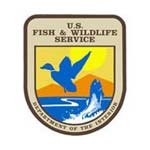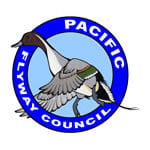Sea ducks are a large group of waterfowl that, relative to other waterfowl species, we know little about. Some sea duck populations are declining or have lower numbers than they did historically, and they depend on sensitive coastal, arctic, and boreal habitats throughout the continent.
The Sea Duck Joint Venture
We are a bi-national conservation partnership of organizations committed to maintaining sustainable populations of North American sea ducks throughout their ranges.
We promote the conservation of North American sea ducks through partnerships by providing greater knowledge and understanding for effective population and habitat conservation and management.
Sea Duck Joint Venture Partner Organizations
News
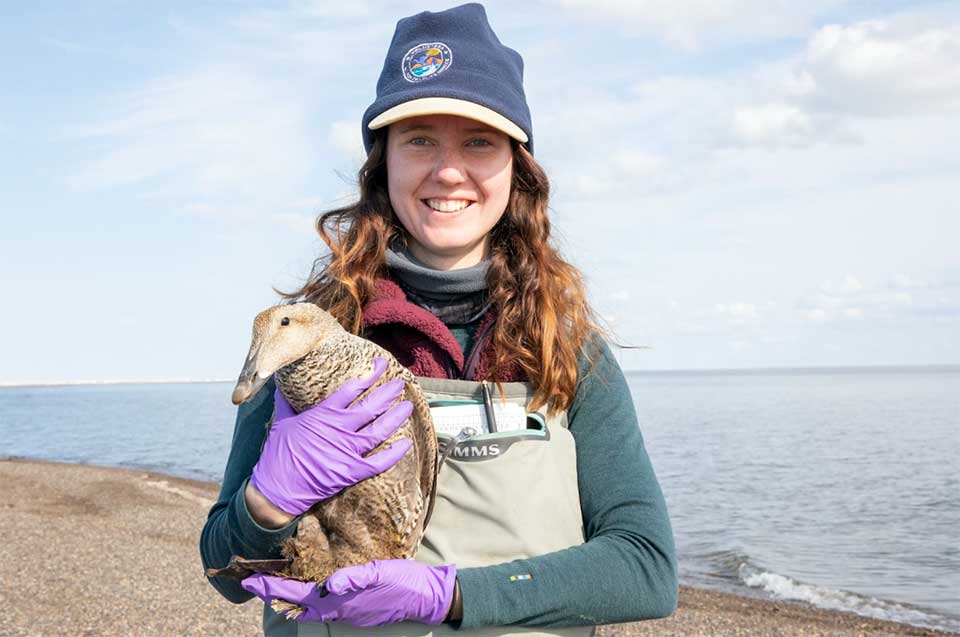
SDJV Student Feature: Annie Maliguine
Annie Maliguine is a soon-to-be graduate from the College of Fisheries and Ocean Sciences at the University of Alaska Fairbanks. She grew up in Sacramento California and pursued her bachelor's degree in Wildlife, Fish, and Conservation Biology at UC Davis. It was...
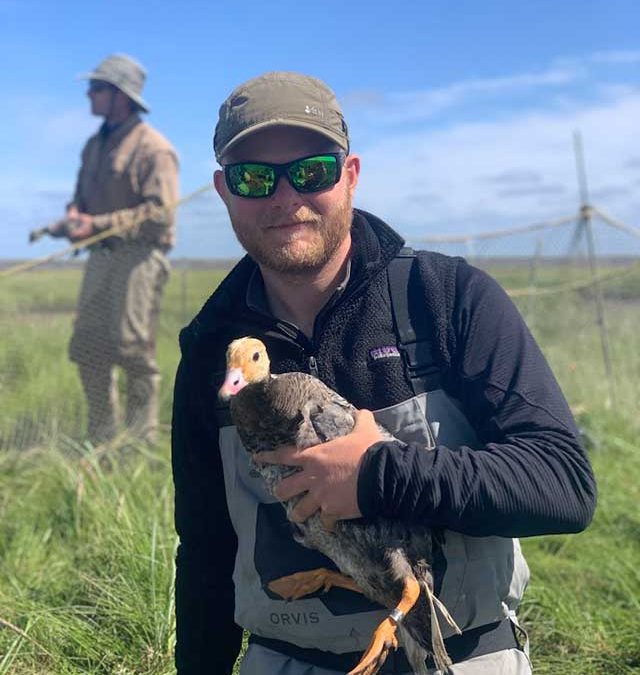
Student Fellowship Feature: Jake Hewitt, Estimating annual recruitment of sea ducks in the Atlantic Flyway using age ratios
There aren’t many opportunities to work hands-on with sea ducks for undergraduate students, so when Jake Hewitt was offered a chance to spend time studying Long-tailed ducks on Lake Michigan, he jumped on it. That experience set in motion a chain of events leading to...
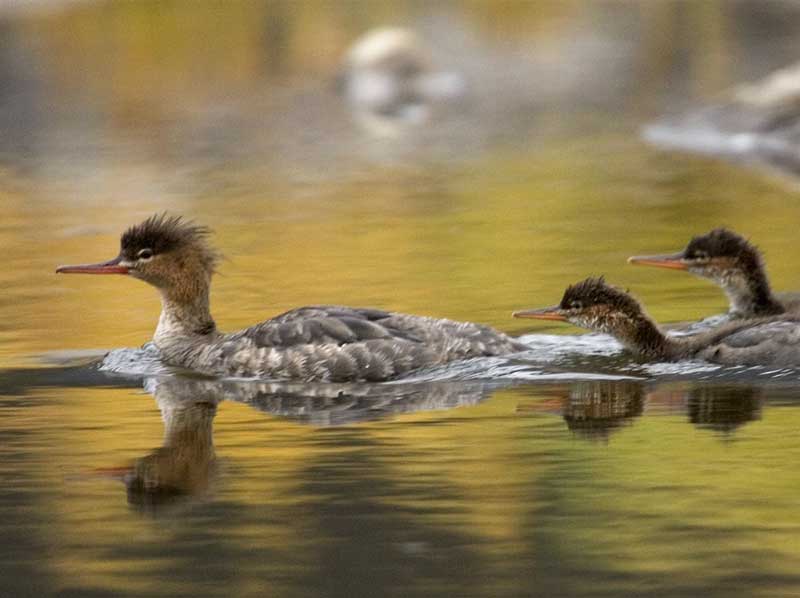
Congratulations to the 2024 Student Fellowship Awardees! Learn more about the students who will move sea duck conservation forward with their work
Now in its second year, the fellowship program was created with the goal of increasing the number of skilled early career professionals interested in sea duck conservation. Student projects may cover any aspects of sea duck management, conservation, and science, and this year’s group is doing so while employing new and innovative ideas all across North America. We can’t wait to see what they discover!
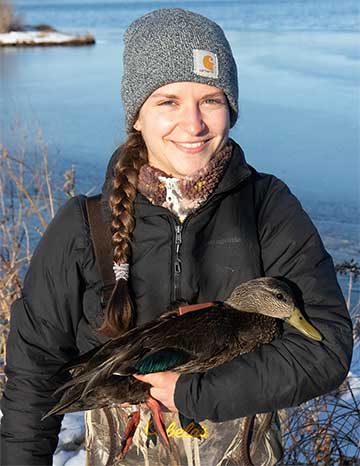
Student Fellowship Feature: Tori Mezebish Quinn, Understanding the threats to sea ducks and diving ducks in New England
Tori Mezebish Quinn is a Ph.D. candidate at the University of Rhode Island, where she studies waterfowl in partnership with the Rhode Island Department of Environmental Management. An SDJV Student Fellowship Awardee, Tori is studying how environmental and anthropogenic factors affect sea ducks and diving ducks in southern New England.
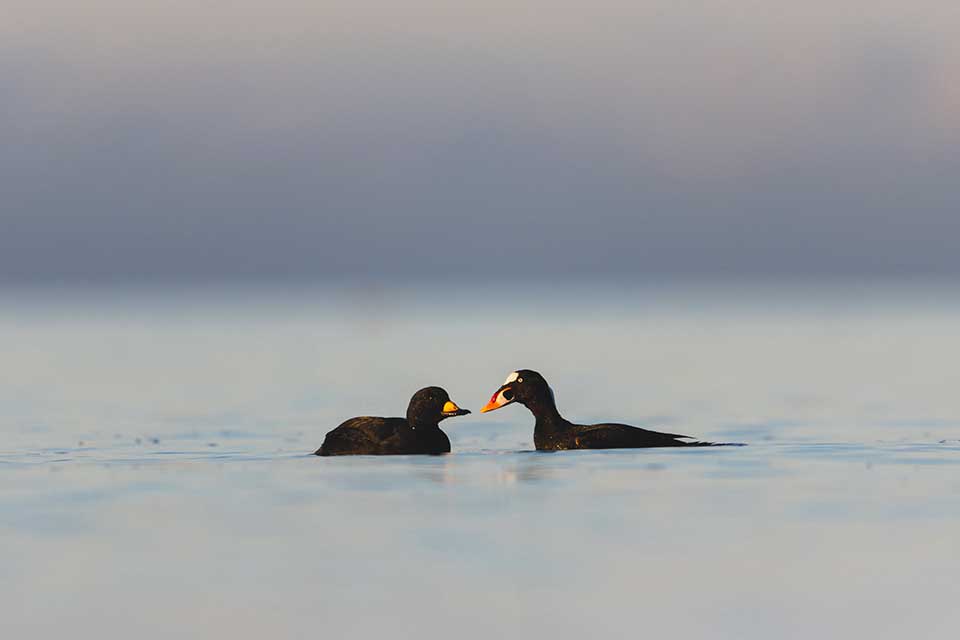
Data and Ducks: Developing and compiling transboundary avian data for sea ducks in the Salish Sea
In 2020, a Birds Canada paper detailing 20 years of sea duck population trends in the Salish Sea revealed some unsettling news – many species were currently or had been experiencing population declines. Between 1999 and 2019, White-winged scoters experienced a 4.3% population decline per year, while Black scoters experienced a 15% decline per year, and Long-tailed Ducks a 5% decline per year in the same period. The challenges of understanding and addressing these dramatic population decreases were compounded by a lack of cross-border baseline data on many of the species, making it hard to truly assess the causes and timing of the declines.
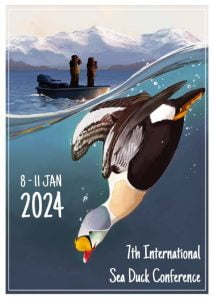
Don’t miss out – Join the 7th Annual Sea Duck Conference this January
Calling all Sea Duck enthusiasts! Join us for the 7th International Virtual Sea Duck Conference (ISDC) this January 8-11, 2024. The gathering will draw together sea duck enthusiasts from academia, government agencies, conservation organizations, industry, and...
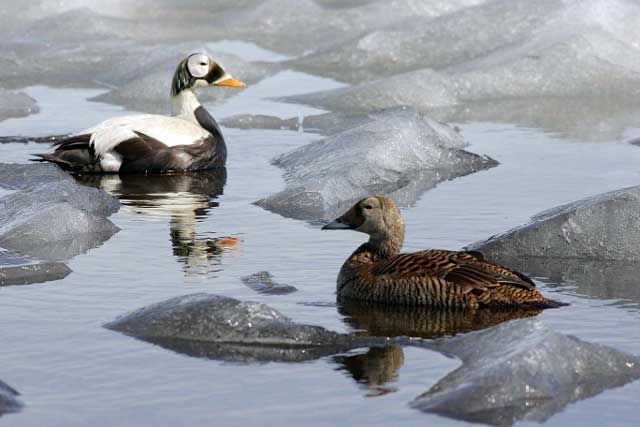
The Sea Duck Key Sites Atlas is now in ArcGIS Online!
The Sea Duck Key Habitat Sites Atlas is a comprehensive map identifying key sea duck habitats in North America. It focuses on 85 specific sites spanning from California to Labrador to the Arctic that are critically important for sea ducks during one or more seasons...
